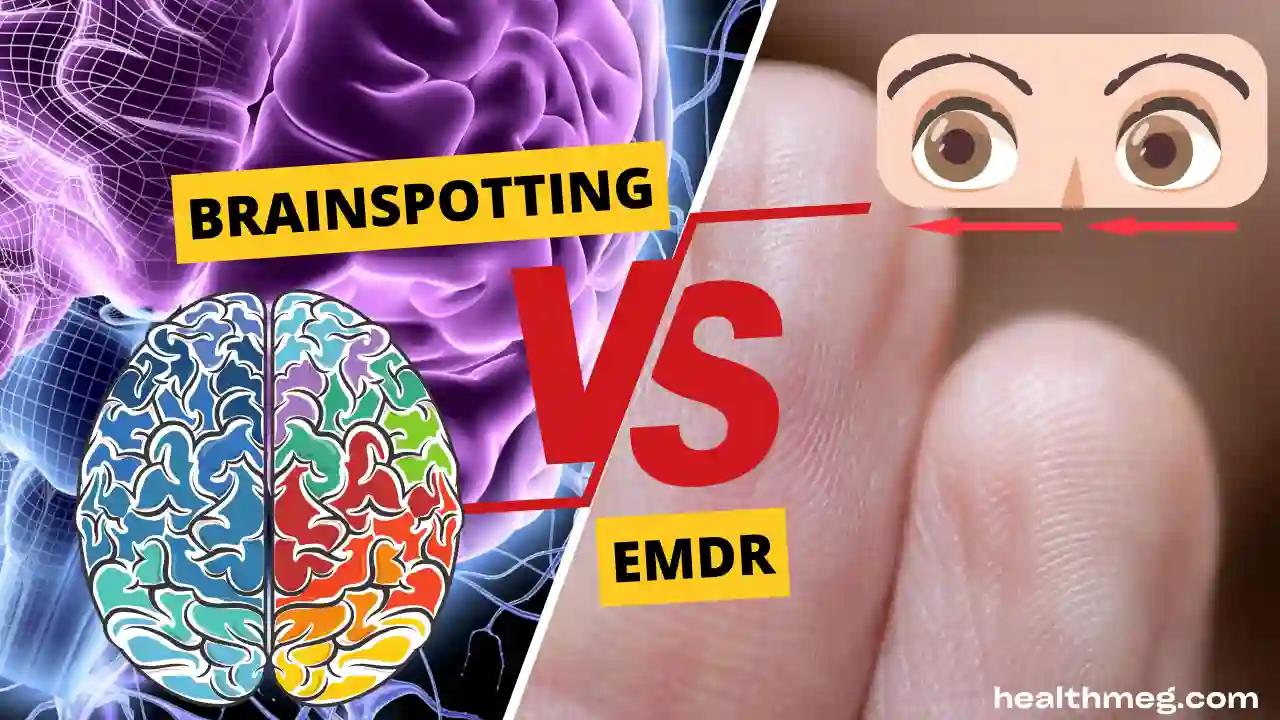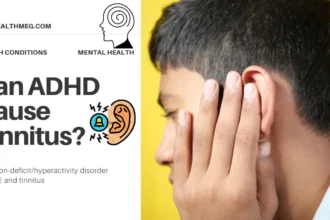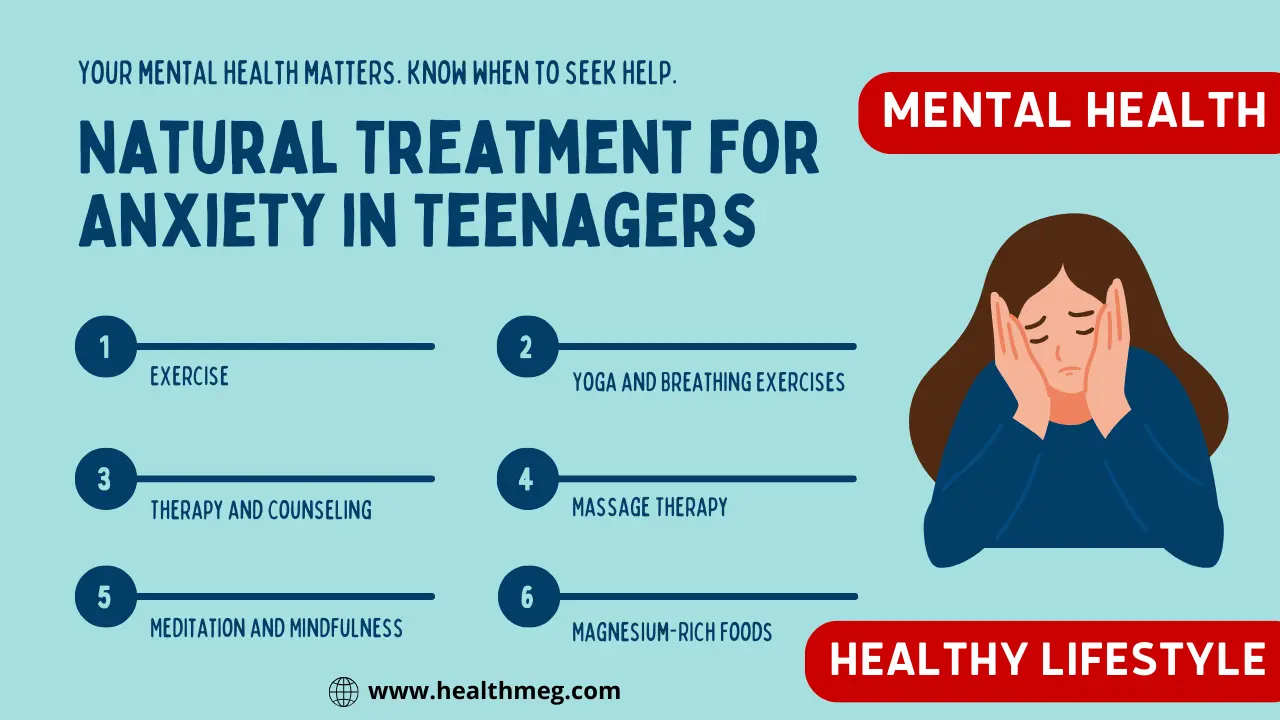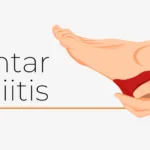Introduction
If you’re considering powerful trauma-focused therapies like Brainspotting and EMDR (Eye Movement Desensitization and Reprocessing), you likely want to understand how these modalities compare i.e. Brainspotting vs EMDR comparison. With roots in different theoretical models and techniques, Brainspotting and EMDR share some core similarities but have distinct differences.
This in-depth guide will analyze the key principles, processes, and effectiveness of Brainspotting and EMDR based on scholarly research and clinical expertise. You’ll learn the origins of both therapies, understand how sessions are conducted, explore what conditions they treat, and see a side-by-side comparison of their approaches based on evidence. Read on for a detailed, unbiased examination of Brainspotting and EMDR so you can make an informed decision about which option may serve you best in healing from trauma.
Do Read the People Also Ask (FAQs) about this topic.
Key Takeaways
- Though they function in distinct ways, EMDR and Brainspotting are both useful therapies for healing trauma.
- Brainspotting is generally considered to be a faster and more flexible therapy than EMDR.
- EMDR has a stronger evidence base than Brainspotting.
- Both Brainspotting and EMDR are safe and effective therapies when administered by a trained therapist.
Bonus takeaway:
- Speaking with a therapist who is knowledgeable about both Brainspotting and EMDR can help you determine which is the best option for you.
What is Brainspotting Therapy?
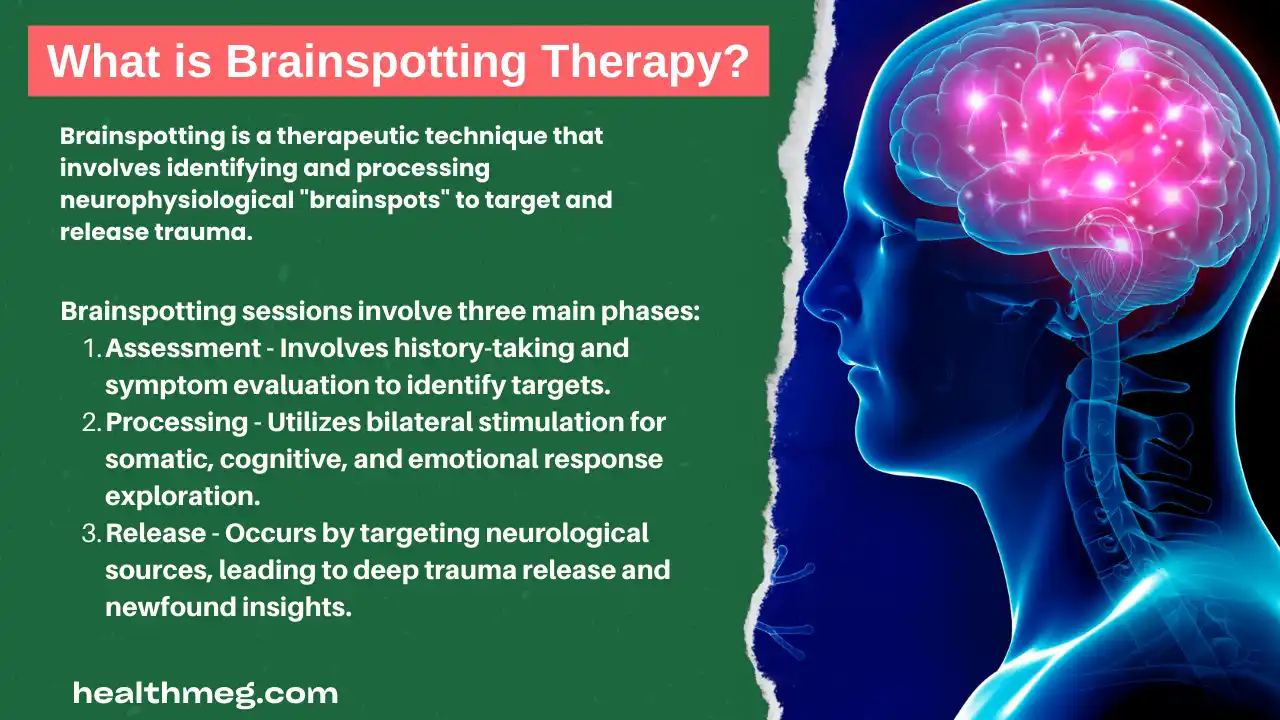
Brainspotting was developed in 2003 by Dr. David Grand, a licensed psychologist, author, and international lecturer. It evolved from EMDR as a more specialized technique using eye positions to identify, process, and release areas of trauma and distress in the brain. Sessions average 60-75 minutes focused on one or two relevant spots.
According to a 2014 literature review in Harvard Review of Psychiatry, “Brainspotting is based on the premise that traumatic experiences leave strong neurological impressions that can be triggered by stimuli associated with the original traumatic event.” Where someone’s eyes fixate can help identify these neurobiological sources of trauma.
Brainspotting sessions involve three main phases:
- Assessment – The therapist takes a history and evaluates the client’s symptoms, situations, underlying issues and goals. This determines what experiences and neurobiological targets to focus on.
- Processing – The client holds their gaze on a fixed spot determined by the therapist’s finger position or using a pointer rod. The therapist also provides bilateral stimulation through eye contact, tapping or auditory tones. The client processes their somatic, cognitive, and emotional responses.
- Release – Focusing directly on the precise neurological sources of symptoms allows the client to deeply release trauma, gaining new insights and resourcefulness. Clients describe feeling profound emotional, physical, and spiritual release.
A 2016 study in the Journal of EMDR Practice and Research found Brainspotting significantly reduced symptoms of chronic PTSD after 6 sessions. Researchers stated that Brainspotting is “effective at reducing symptoms that have been resistant to previous treatments as well as providing clinicians with a new tool to conceptualize client trauma treatment.”
What is EMDR Therapy?
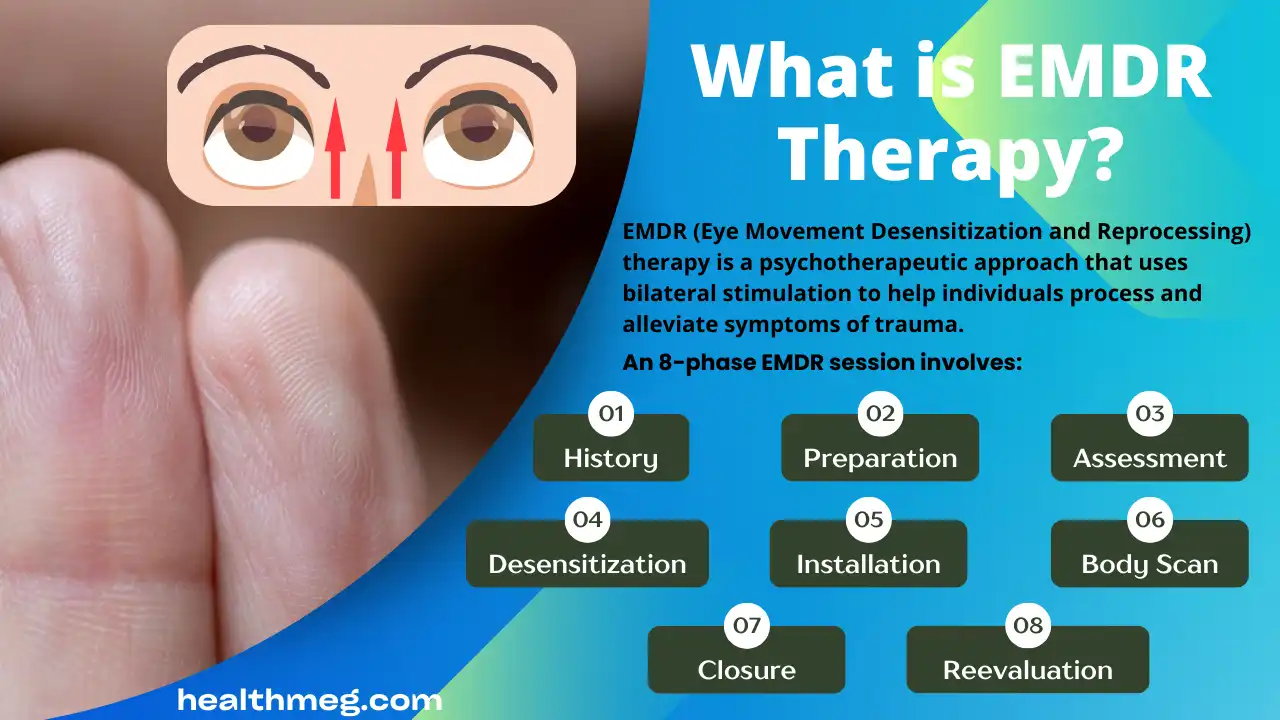
EMDR stands for eye movement desensitization and reprocessing. EMDR was developed in 1987 by psychologist Francine Shapiro after she discovered eye movements could reduce negative emotions. EMDR is guided by the Adaptive Information Processing model, which asserts trauma causes maladaptive neurological patterns that effective processing can correct.
Clients recall traumatic memories while engaging in left-right eye movements or bilateral stimulation like tapping. The bilateral stimulation is thought to activate both hemispheres of the brain to reprocess the memories. Sessions last 60-90 minutes and involve 8 phases of treatment.
Per EMDR’s official site, “EMDR therapy facilitates the accessing and processing of traumatic memories and other adverse life experiences to bring these to an adaptive resolution.” EMDR uses external bilateral stimulation (visual, tactile or audio) to activate the brain’s natural healing processes while recalling distressing events.
An 8-phase EMDR session involves:
- History- taking
- Preparation – teaching coping skills
- Assessment – identifying target memories
- Desensitization – bilateral stimulation while recalling distressing events
- Installation – linking positive cognition with memory
- Body Scan – identifying any residual tension
- Closure – using calming techniques
- Reevaluation – at the next session
EMDR is recommended by the World Health Organization for treating trauma. Over 30 randomized studies support its effectiveness. According to the Journal of EMDR Practice and Research, “EMDR produces a substantial and sustained reduction of symptoms of PTSD and depression.”
Comparison Between Brainspotting and EMDR
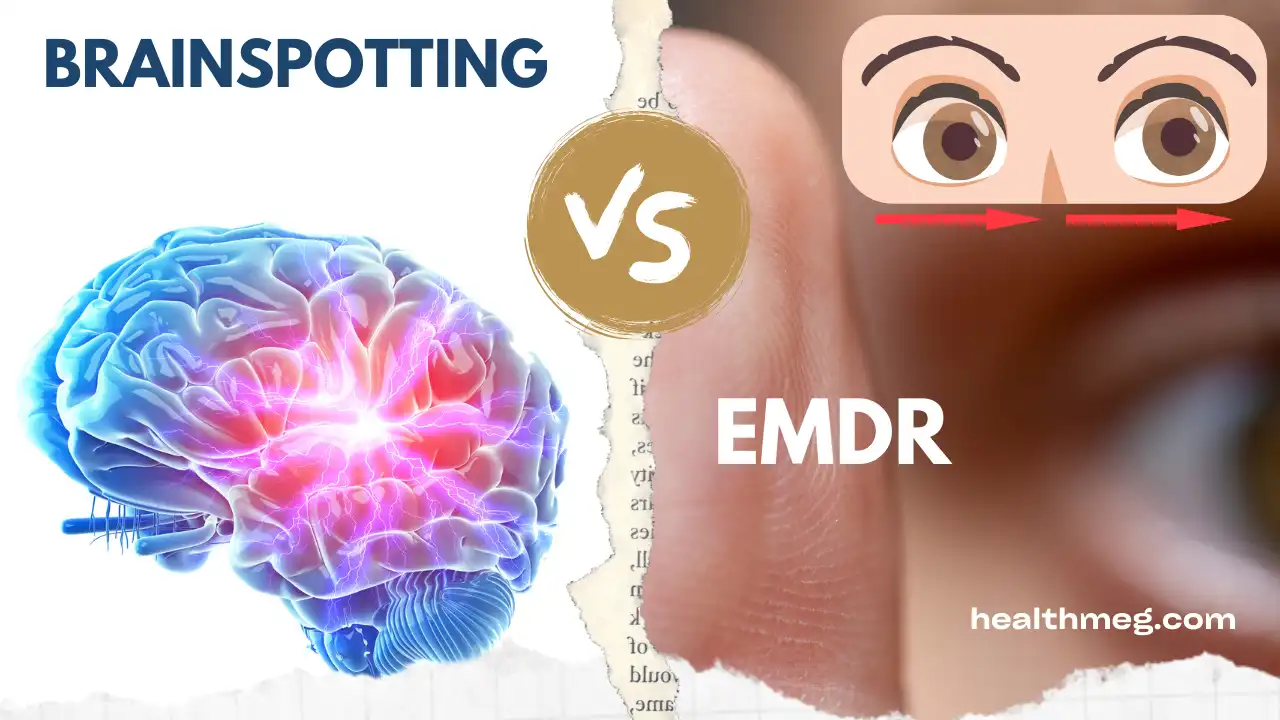
Now that we’ve provided a research-based overview of both therapies independently, let’s analyze how Brainspotting and EMDR directly compare:
1. Treatment Goals:
Brainspotting aims to identify and release core neurobiological sources of trauma symptoms. EMDR focuses on the adaptive reprocessing of traumatic memories.
2. Theoretical Model:
Brainspotting operates from a neurobiological model based on eye positions corresponding to brain function. EMDR uses an information processing model.
3. Bilateral Stimulation:
Brainspotting uses eye fixation, tapping, and auditory tones. EMDR relies more heavily on external tapping or audio.
4. Attention Focus:
Brainspotting maintains an inward focus on somatic, sensory, and emotional responses. EMDR uses outward focus to recall memories.
5. Trauma Processing:
Brainspotting releases trauma from the inside out. EMDR aims to process memories from outside in.
6. Technique Precision:
Brainspotting identifies precise eye positions linked to sources of symptoms. EMDR processing is more general.
7. Role of Insight:
Brainspotting places greater emphasis on expanded insight as part of healing. EMDR values the adaptive processing of memories.
8. Somatic Focus:
Brainspotting attends closely to bodily sensations for trauma release. EMDR involves less holistic somatic attention.
9. Emotional Awareness:
Brainspotting engages intense emotional and sensory processing. EMDR focuses more on thoughts and cognition.
10. Client Positioning:
Brainspotting has the client face the therapist directly. EMDR allows for indirect body orientation.
11. Training and Certification:
Brainspotting certification involves 200+ hours of coursework. EMDR requires far less training.
12. Resonance:
Brainspotting therapists must develop “attunement” skills through practice. EMDR does not emphasize therapist resonance.
13. Ongoing Evolution:
Brainspotting continues developing new models and techniques extensively. EMDR protocol has remained largely unchanged.
As demonstrated, Brainspotting and EMDR have significant philosophical and technical differences despite sharing bilateral stimulation mechanisms. Brainspotting provides more precise diagnosis and direct neurobiological treatment whereas EMDR uses a more generalized reprocessing approach.
Tabular Comparison Between Brainspotting and EMDR (Brainspotting vs EMDR)
| Feature | Brainspotting | EMDR (Eye Movement Desensitization and Reprocessing) |
|---|---|---|
| Founder and Development | Developed by David Grand in 2003 | Developed by Francine Shapiro in the late 1980s |
| Philosophy | Emphasizes eye positions and accessing deeper parts of the brain | Integrates cognitive restructuring and desensitization within a comprehensive therapeutic model |
| Mechanism of Action | Emerging research supports its effectiveness in trauma treatment | Involves bilateral stimulation (eye movements) to facilitate the reprocessing of memories |
| Therapeutic Process | Utilizes mindfulness and body awareness with a focus on eye positions | Follows a structured eight-phase approach, including cognitive restructuring and bilateral stimulation |
| Primary Technique | Identification and focus on specific eye positions related to trauma | Bilateral stimulation (guided eye movements or other forms) to facilitate memory processing |
| Treatment Approach | Aims to access and process traumatic memories through eye positions | A comprehensive treatment model addressing past, present, and future aspects of a client’s life |
| Use of Mindfulness | Emphasizes mindfulness and body awareness during the therapeutic process | Incorporates mindfulness as part of the cognitive restructuring process |
| Standardization | While the basic concepts are standardized, the approach can be tailored to individual needs | Follows a standardized eight-phase protocol with specific procedures for each phase |
| Research Support | Emerging research supports its effectiveness for trauma treatment | Extensive research supports its efficacy for various psychological conditions, including trauma |
| Popularity | Gaining recognition and popularity in the field of trauma therapy | Widely recognized and established as a leading therapy for trauma |
Similarities Between Brainspotting and EMDR
There are several similarities between Brainspotting and EMDR. Some of the important similarities are:-
- Both activate the brain’s natural neuroplasticity to heal from trauma.
- Neither requires lengthy descriptions of the trauma.
- They allow the client to remain fully present instead of reliving the past.
- The therapies enable processing without detailed disclosure.
- Clients report insights and perspective shifts.
- They can be done without the use of medication.
- Relief is often felt after the first session.
Which Modality Is More Effective?
There is ongoing research examining the efficacy of Brainspotting and EMDR, which both demonstrate strong evidence:
- A 2018 systematic review in Frontiers in Psychology concluded: “Brainspotting therapy is effective in the treatment of a variety of psychiatric disorders and dysfunction, comparable to outcomes from standard-of-care therapies such as CBT and EMDR.”
- A 2013 study in the Journal of EMDR Practice and Research stated: “Both Brainspotting and EMDR produced significant reductions in PTSD and depression symptoms from baseline to post-treatment.”
- A 2016 randomized trial published in the Journal of EMDR Practice and Research found “both Brainspotting and EMDR led to highly statistically and clinically significant reductions in PTSD and depression.”
- Multiple meta-analyses (like this study in the Journal of Anxiety Disorders) have confirmed that EMDR produces substantial PTSD symptom relief.
Overall, current research indicates that Brainspotting and EMDR have roughly equivalent effectiveness for conditions like PTSD, though individual factors may make one modality more suitable and efficient than the other.
Which Is Better for Healing from Trauma? (Brainspotting or EMDR)
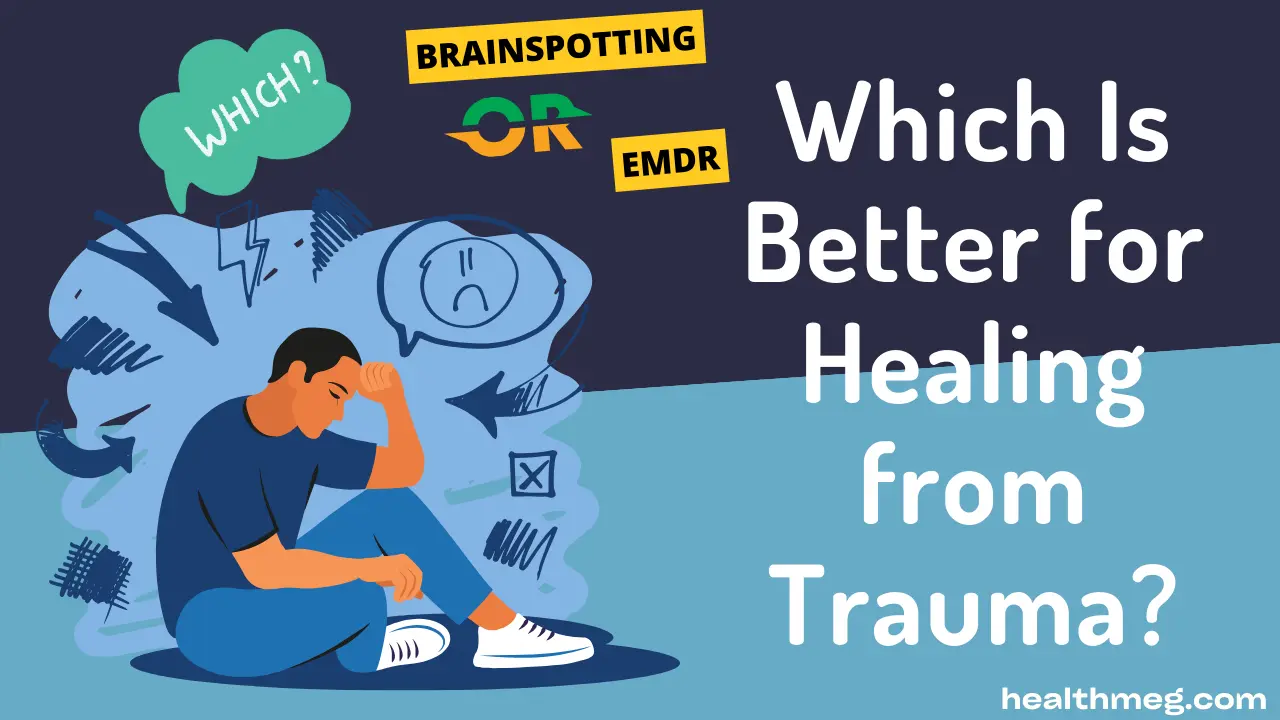
While the evidence confirms both are beneficial, there are some potential advantages to Brainspotting:
- Brainspotting is focused specifically on releasing trapped trauma and accessing inner neurobiological healing resources, whereas EMDR takes a more general reprocessing approach.
- Brainspotting engages the conscious, subconscious, and body together for deeper, more integrative healing. EMDR is more oriented toward thoughts and memories.
- Brainspotting may allow faster, more direct access to core neurobiological sources of symptoms. EMDR requires a lengthy assessment of many memories.
- The Brainspotting model provides trauma-informed therapists with a precise, neurologically-grounded approach. EMDR uses a more theoretical model.
- Brainspotting’s ongoing development of new techniques and frameworks may lead to greater innovation in treating trauma. The EMDR protocol has remained static.
However, there are also potential advantages to EMDR:
- EMDR may be more suitable for recent singular traumatic events whereas Brainspotting excels with attachment trauma.
- EMDR’s orientation toward processing thoughts and memories may resonate more for some analytic or cognitively oriented clients.
- EMDR therapists require less extensive specialized training than Brainspotting therapists.
- EMDR has been more extensively researched over decades than the newer Brainspotting modality.
Ultimately, the suitability depends on your specific history, symptoms, treatment goals, preferences, and therapist skillset. Many clinicians recommend trying both therapies to see which methodology most effectively “unlocks” your unique neurobiological healing system.
Other Conditions Treated
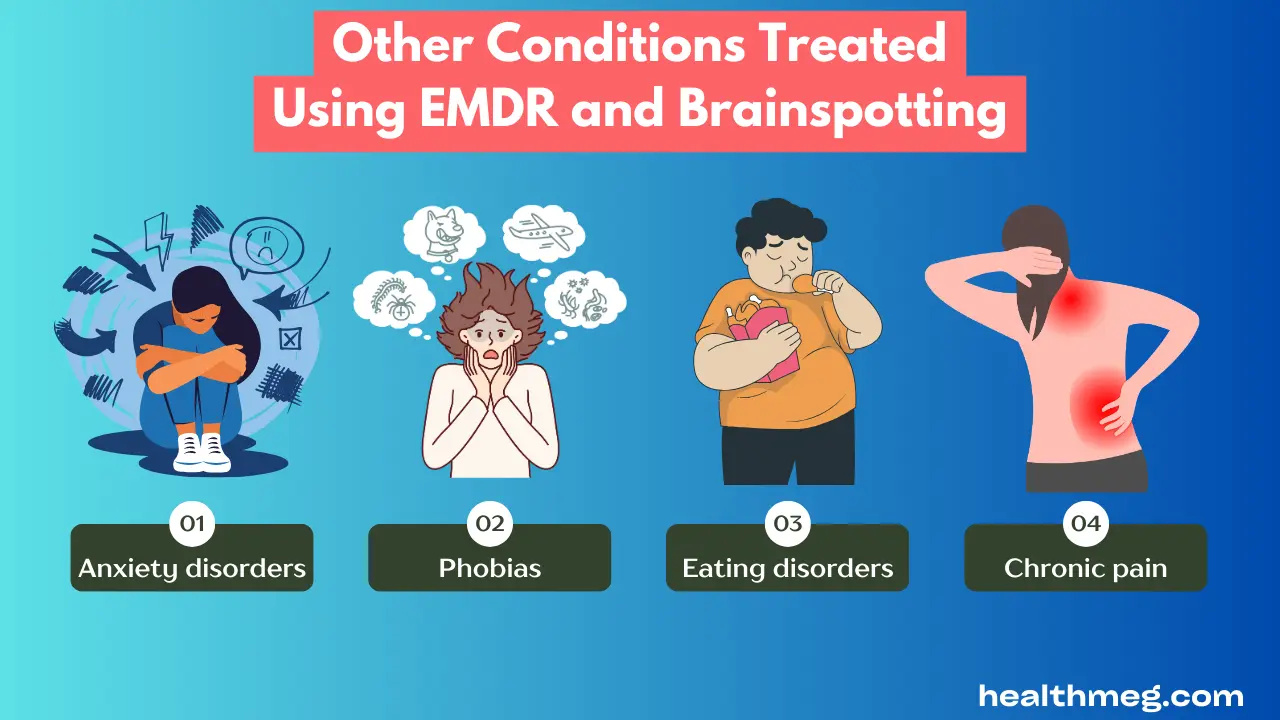
While most widely used for PTSD, both therapies have been successfully applied to treat other mental health conditions including:
- Anxiety disorders
- Phobias
- Addictions
- Eating disorders
- Grief
- Performance anxiety
- Somatic disorders
- Chronic pain
Preliminary research shows promise for using EMDR and Brainspotting to treat the above, but more study is needed.
Conclusion
In conclusion, Brainspotting and EMDR share some foundational use of bilateral stimulation but have substantial differences in their theoretical models, techniques, and clinical orientations. While both demonstrate strong empirical support for relieving trauma-related conditions like PTSD, Brainspotting’s brain-based, somatic focus may offer more precise access to neurobiological sources of symptoms for some individuals. EMDR’s emphasis on thoughts and memories may also resonate more with some.
I hope this comprehensive, evidence-based comparison of Brainspotting and EMDR – including their origins, session protocols, techniques, effectiveness data, and potential pros and cons – provides a helpful starting point in determining which trauma-healing approach may be right for your needs. Consult with a licensed trauma-informed therapist to further discuss whether Brainspotting or EMDR therapy is recommended for your situation. With the right treatment approach, profound healing is within reach.
People Also Ask (FAQs)
Q) Which is more effective Brainspotting or EMDR?
A) Because of its speed, Brainspotting can have effects more quickly than EMDR. Nevertheless, EMDR might have longer-lasting effects despite its duration. Furthermore, as was already mentioned, BSP offers more flexibility, which might make it ideal for people who don’t respond well to EMDR or other trauma treatments.
Q) What is the difference between EMD and EMDR?
A) EMD (Eye Movement Desensitization) refers to the broader concept of using eye movements in therapy, while EMDR (Eye Movement Desensitization and Reprocessing) is a specific psychotherapy approach that incorporates bilateral stimulation, including eye movements, to help process traumatic memories. EMDR is a structured protocol within the broader category of therapies utilizing eye movement.
Q) Is Brainspotting therapy legitimate?
A) Yes, Brainspotting treatment is regarded as a valid and successful therapeutic modality. It was created by Dr. David Grand and uses concentrated mindfulness to help people process and let go of painful memories. For treating trauma, Brainspotting shows beneficial & positive results.
Q) What happens in a Brainspotting session?
A) In a Brainspotting session, the therapist helps the client identify specific eye positions (brain spots) related to trauma or emotional issues. Resolving and healing are facilitated when the client keeps their attention on these locations since it allows them to access and process deeply ingrained emotions.
Q) What is the difference between Brainspotting and neurofeedback?
A) In the therapeutic context, Brainspotting uses eye positions to identify and process trauma; neurofeedback uses real-time monitoring to give people information about their brainwave patterns. While Brainspotting is focused on emotional processing, neurofeedback aims to regulate brain activity for various cognitive and emotional benefits.
Q) Which is better EMDR or CBT?
A) The effectiveness of EMDR (Eye Movement Desensitization and Reprocessing) & CBT (Cognitive Behavioral Therapy) can vary based on individual preferences and the nature of the mental health issue. EMDR is particularly recognized for trauma treatment, utilizing eye movements, while CBT is a versatile approach addressing various conditions through cognitive restructuring and behavioural strategies. The choice between them often depends on the specific needs and preferences of the individual.
Q) Why is EMDR so powerful?
A) EMDR (Eye Movement Desensitization and Reprocessing) is considered powerful due to its unique approach to processing and desensitizing traumatic memories. The bilateral stimulation used in EMDR, often through eye movements, is thought to assist the brain in reprocessing distressing experiences, leading to reduced emotional intensity and improved mental well-being.
References
- David Grand’s Official Website (Brainspotting):
- Website: https://brainspotting.com/
- EMDR International Association (EMDRIA):
- Website: https://www.emdria.org/
- World Health Organization (WHO) – EMDR:
- Website: https://www.who.int/
